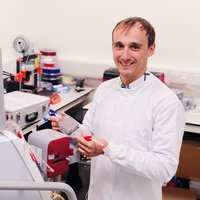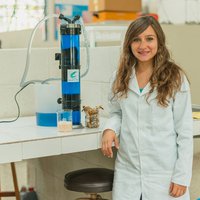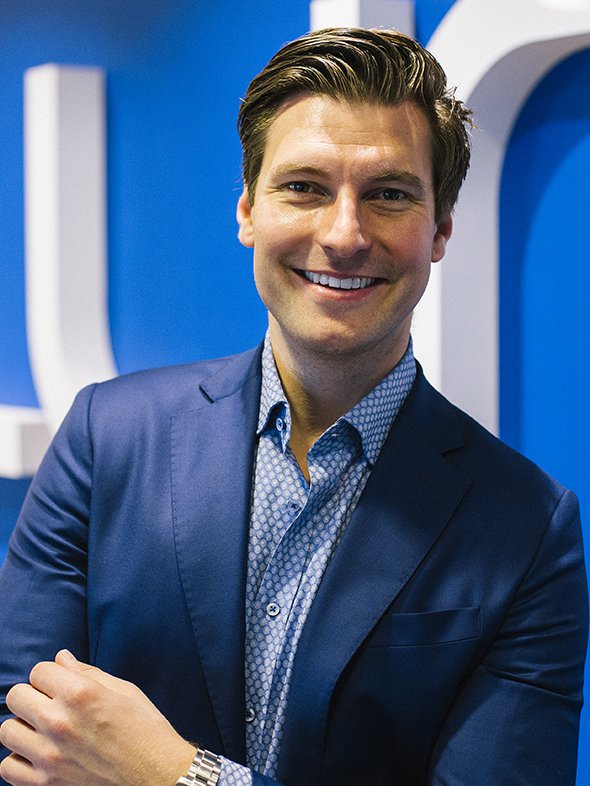3D printing is not only used to make custom plastic objects; the technology has also been put at the service of the health industry to create artificial organs and tissues for transplants. This is demonstrated by this hardware, which prints layers of human skin created by researchers at the University Carlos III of Madrid, Spain and these blood vessel tissues printed in 3D by a team at Harvard University, USA.
To keep this promising field moving forward, Erik Gatenholm co-founded Cellink, a company that markets a biotink created by his father and more suitable for printing human tissues and organs. Thanks to this undertaking, the young man has become one of the winners of Innovators Under 35 Europe from MIT Technology Review. It is not the first time that Gatenholm Jr. has created a biomedical company: at the young age of 18 he launched one that manufactured cellulose implants for cartilage.mM
The young man remembers: "I saw an opportunity to use this bioink material. My father said he was delighted, but he had no interest in bringing it to market." This biotink is compatible with any cell in any 3D bioprinter. Researchers around the world have already used it to print tissues, cartilage and even livers, as well as patches that help heart tissue recover after a heart attack.
Gatenholm's ingenuity doesn't end there. H has also designed and distributes Inkredible, which consists of bioprinters that manufacture tissues and organs with their bioink. The idea came about in 2016, when "many companies were producing very expensive 3D bioprinters." Instead, the young man opted to create four models with varying prices ranging from around 5,000 euros to almost a million. Thanks to its diversified offer, more laboratories can now afford the technology and test medical and pharmaceutical treatments on organs and tissues. British scientists have already used one of their printers to create the first human corneas in 3D: they created a circle structure that took the shape of the membrane in less than ten minutes.
According to the company's calculations, Cellink products are already present in more than 700 laboratories around the world. Gatenholm emphasizes: "We are trying to minimize or limit the use of animals in research," as well as trying to reduce the time it takes to obtain new medications.
In the future, due to Celllink´s impressive growth in the last three years, Gatenholm wants to continue to develop technologies and tools that will boost tissue research.. "The company has been able to grow from just two people in 2016 to almost 200, with offices in four countries and products in more than 50," he says.
Rafa Luque, Professor at the University of Cordoba, Spain, and member of the Innovators Under 25 Europe 2019 jury, highlights the businessman's "entrepreneurial soul combined with his very intelligent approach in one of the most promising topics of the future (3D bioprinting for transplants)."
By José Manuel Blanco
Translation: Brian Bostwick




